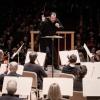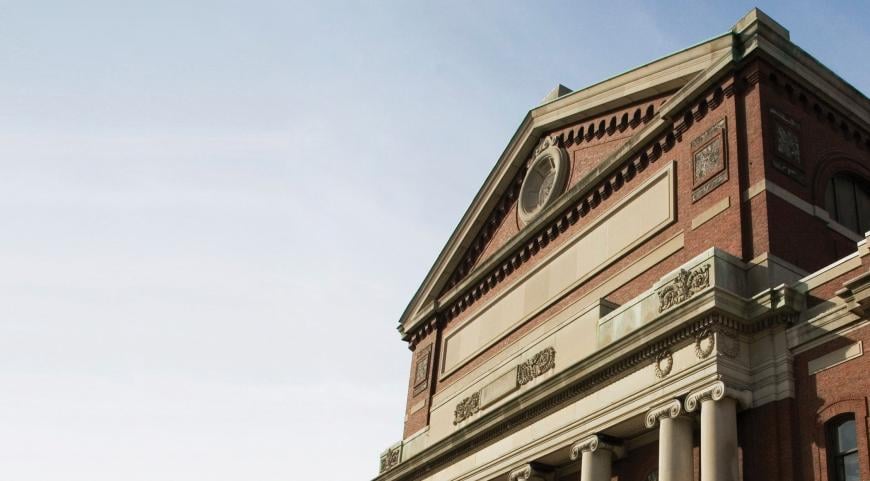
Every two years, the Rubin Institute for Music Criticism convenes in San Francisco, teaching music students across the U.S. about music journalism. SF Classical Voice has partnered with the Rubin Institute to give the program’s top writers more experience in the field with an internship. This year’s Rubin winners, Emery Kerekes and Lev Mamuya, will be with SFCV for six months, reporting from New York and Boston, respectively.
At the beginning of our respective internships with SF Classical Voice, my co-fellow and friend Lev Mamuya and I agreed that we’d trade spaces and spend a weekend during our tenures reporting from each others’ cities. We figured it would be a fun exercise, an opportunity to dive into the music worlds that we each inhabit so deeply. And besides which, who doesn’t love a busman’s holiday?
So, this Presidents’ Day weekend, I loaded myself onto a seedy Go Bus bound for Boston. I spent four packed days seeing (and running into) old friends, eating food that ranged from stellar to disappointing, and, as always, answering the vexing question that haunts my life: Just how many concerts can one guy see in three days? (The answer in this case: five.)
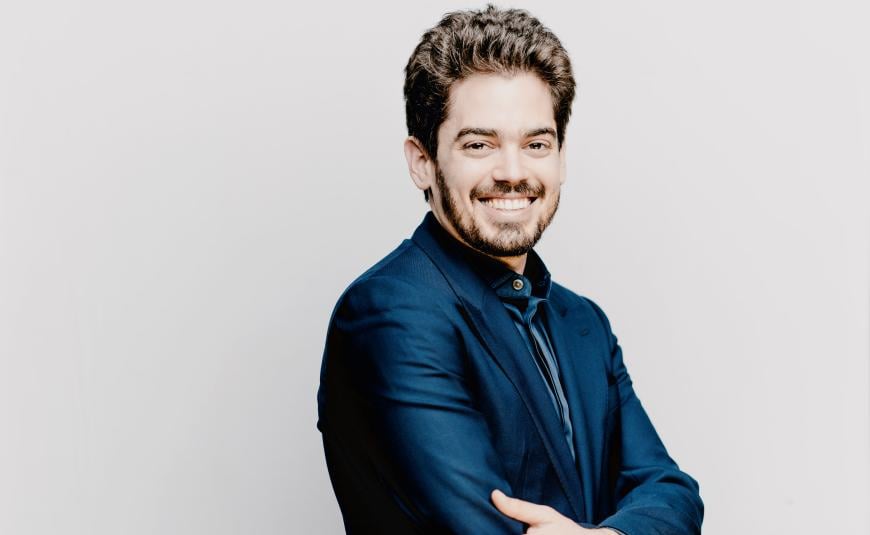
It was a pair of Sergei Rachmaninoff performances that originally caught my eye when I sifted through The Boston Musical Intelligencer’s exhaustive concert calendar. At Symphony Hall, the Boston Symphony Orchestra (BSO) used the composer’s monumental Symphonic Dances as a debut series for hotshot Israeli conductor Lahav Shani. Just up the street, the all-volunteer New England Philharmonic (NEP) offered the same piece at New England Conservatory’s Jordan Hall. I reflexively placed the two performances in a head-to-head duel that, I soon realized, was both reductive and unfair.
Shani coaxed the BSO into a technicolor palette of timbres. The brasses whined with limpid pathos; the orchestra’s bass voices coalesced into roars of anchoring gravitas. But Shani sacrificed the clarity of his beat for those shimmers and sparkles — at times, the back of the orchestra began to unravel noticeably from the front. And though the climax of the piece’s valse-macabre middle movement spun with sheer, wide-eyed terror, even the fortississimo brass couldn’t shake the dialed-in motions of a Friday afternoon concert.
And the pairings were equally humdrum: a low-energy if astute reading of Sergei Prokofiev’s hackneyed “Classical” Symphony and a rendition of Camille Saint-Saëns’ Fifth Piano Concerto in which Jean-Yves Thibaudet colored each individual note gorgeously but wholly ignored the piece’s overall narrative. This was not a concert for which time stopped.
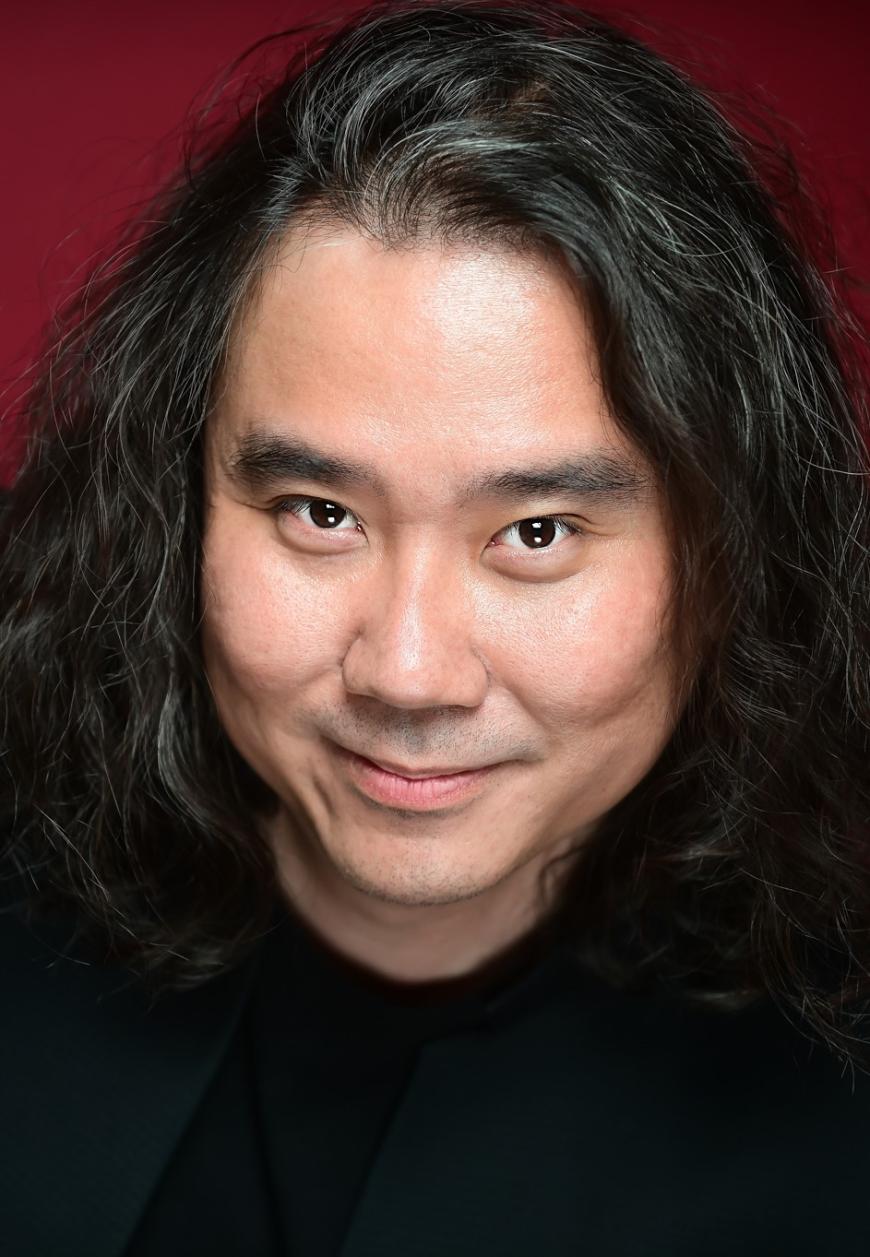
New England Philharmonic conductor Tianhui Ng poked fun at the two orchestras’ convergent inclinations in his remarks at the Phil’s Saturday night concert, which ran concurrently with one of the BSO’s performances. Predictably, the NEP played fewer correct notes in its Rachmaninoff, but it displayed a joie de vivre absent from the BSO’s stage. Besides, the rest of the program (and Ng’s sunny emceeing) already had me smitten.
The NEP programming model is irresistible. Every concert contains one or two chestnut works of the orchestral canon flanked by music new to Boston, New England, and the world. It’s an unprecedented template for a volunteer orchestra, garnering several nods from ASCAP’s prestigious Awards for Adventurous Programming.
The NEP has run an annual call for scores since naming Robert Kyr as its first composer-in-residence in 1985, and the most recent laureate, Elijah Daniel Smith, featured in the program’s prime pre-intermission slot. His Wraith Weight, an ingenious study in clarity and distortion, strung microtonal motives together in the manner of Anton Webern’s pointillist, coloristic Klangfarbenmelodie (melodies of sound and color), purposely phasing in and out of harmonic focus.
Also on the NEP program: a jovial fanfare premiere by Pulitzer-winner Ellen Taaffe Zwilich to honor Music Director Emeritus Richard Pittman. Plus, the Boston premiere of Kareem Roustom’s Ramal, which takes its surging metric bones from verse forms of classical Arabic poetry, and a new arrangement of concertante dances by Matthew Aucoin, who arrived just in time for the downbeat. (The Harvard-Radcliffe Orchestra was performing another of Aucoin’s pieces in Cambridge that same evening.)
At the post-show reception, several musicians expressed fright at Aucoin’s brisk tempo markings, but violin soloists Keir GoGwilt and Dani Maddon (the NEP’s concertmaster) remained cool as their fingers flew. It was a program that was daring, interesting, and forward-looking, a welcome contrast to the BSO’s pairings.
It’s so easy to tell when every single person in an ensemble wants to be there in that exact moment, and in the New England Philharmonic’s case, that ethos filled the room with cozy, beckoning warmth. To me, that’s what makes the live music experience so special, more so than incredible virtuosity or expression. It scratches a different, more human itch that never fails to make me smile.
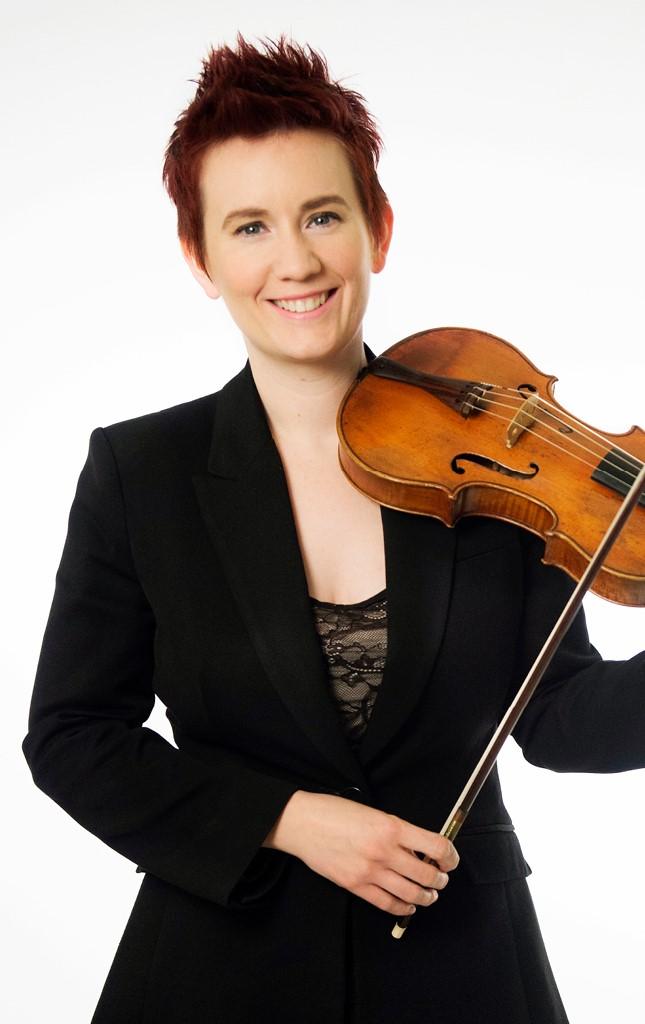
Boston boasts one of the most active early-music scenes in the United States, fitting for a city of such scholarly tradition. Whether you’re after 15th-century Franco-Flemish song, 19th-century American fiddling, or yet another Messiah, chances are someone in Beantown is dedicated to researching and performing it.
This season, Bach is holding due sway in Boston’s Baroque game. On Friday night, I caught all six Brandenburg Concertos, performed by the Handel and Haydn Society (H+H) at Jordan Hall. The next weekend, a pro choir was to mount the B Minor Mass at Harvard. The weekend after, another group of freelancers would commandeer an outer-neighborhood church for the St. John Passion.
Admittedly, I set lofty expectations for the H+H Brandenburgs — a friend’s high praise of a recent Messiah suggested that the ensemble sought to make statements of canon stalwarts. But under concertmaster Aisslinn Nosky and harpsichordist Ian Watson, the six concertos lacked point of view, the interpretations largely middle-of-the-road and risk-free.
Still, much of H+H’s individual playing was stellar. Both leaders aptly demonstrated their virtuosity — Watson with the lengthy cadenza of the fifth concerto, Nosky with the infamous scales of the fourth. Debra Nagy and Priscilla Herreid wielded both oboes and recorders with full-toned vigor, and violists Jessica Troy and Jenny Stirling helmed a raucous Sixth Brandenburg, the only concerto of the series with no violins.
Boston’s most venerable Bach institution, Emmanuel Episcopal Church, sits on a tony stretch of Newbury Street, the local equivalent of Fifth Avenue or Rodeo Drive. From September to June, the Emmanuel choir and orchestra perform a cantata — usually but not always Bach — as part of the church’s Sunday morning service. I heard BWV 22 (Jesus nahm zu sich die Zwölfe — Jesus gathered the twelve to himself), a pleasant if nondescript pre-Lenten number. Even Bach had deadlines. (Purists beware: The orchestra performs on modern instruments, though with noble period sensibility.)
The Emmanuel choir was one of the best ensembles of the weekend, even in terrains remote from Bach. Just a few minutes after the service opened, the group soared through a dense Alleluia that late Philadelphia composer James Primosch constructed around an original ground (a repeated bass line in Baroque style). The choir’s rendition of Thomas Tallis’s O nata lux (O light born of light) also stunned, shimmering chords echoing through the church’s cavernous apse.
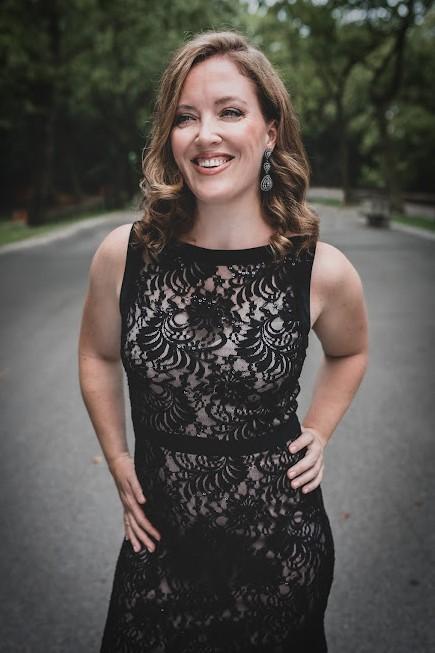
After carefully comparing our tight schedules, Lev and I planned an ideal evening on Sunday, my last night before returning home: a quick dinner in Cambridge, a concert of potpourri chamber music at New England Conservatory, and a remarkable midnight snack at Double Chin in Chinatown. (Get the XO rice rolls. You’ll thank me later.) I was mostly attending that evening’s concert, mounted by Boston’s chapter of the hunger-fighting organization Music for Food, to cheer on my friend and former high school cello section-mate Jeffrey Ho.
Having lingered at dinner a few minutes too long, Lev and I slipped into our chairs just as soprano Katherine Whyte and pianist Cameron Stowe took the stage for Benjamin Britten’s 1937 song cycle On This Island. The duo gave the single best performance of the weekend. Magisterial fanfares trumpeted from both piano and voice. A nocturne of woebegone sorrow slunk. The final song sets poet W.H. Auden’s satire of the bourgeoisie to kitschy, prewar dance music. Whyte leapt deftly along the vocal line, her cabaret-ish singsong occasionally eliciting a chuckle from the audience.
Britten’s First String Quartet finished the performance with similar flair. It’s a dense but rewarding piece full of precarious ensemble moments, tunes of Shostakovich-like jaggedness rubbing alongside lush, rich chorales. The quartet — Meesun Hong Coleman, Yiliang Jiang, William Coleman, and Jeffrey Ho — gave a profound, communicative, cohesive reading of the behemoth work with only a week of preparation. The players’ approach wasn’t stale or over-rehearsed (on that timeline, how could it be?), their phrases vibrant with spontaneous instinct.
Ho returned once again with violist Kim Kashkashian, violinist Donald Weilerstein, and pianist Vivian Weilerstein for a slightly shaky rendition of British composer Charlotte Bray’s unforgiving Replay.
To round out the program, violist Sarah Darling led a series of Renaissance madrigals and part songs arranged for viola quartet, interspersed with transposed Béla Bartók violin duos. The two madrigals that Darling chose — Thomas Morley’s “April is in my mistress’ face” and John Bennet’s “Weep, o mine eyes” — were ones I remembered singing at Kinhaven, the Vermont music camp that has become my lifelong home away from home. Hearing Kinhaven madrigals always brings a wash of nostalgia — the warmest, fuzziest parting gift I could have asked for.


